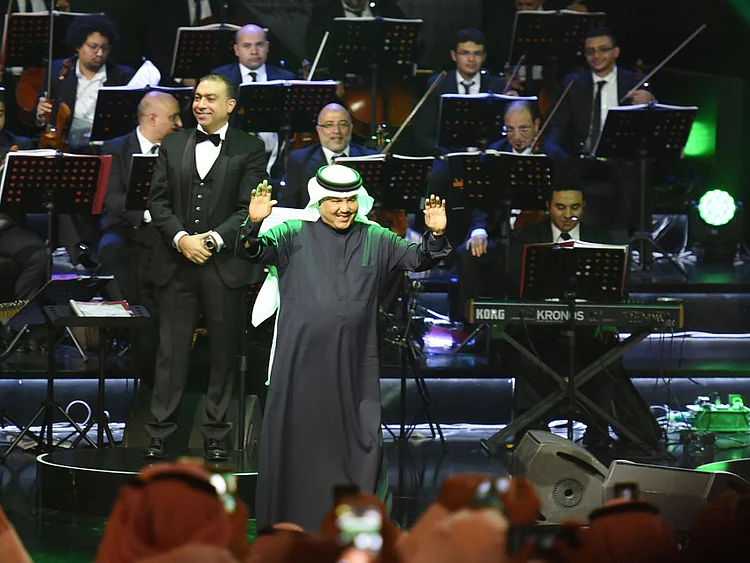Abu Dhabi: In what could be the first projection of its kind in the world, legendary Saudi singer Mohammed Abdu will have his entire 100 songs recorded using volumatic capture holograms as well as virtual reality and immersive theatre, a senior official said.
Turki Al Sheikh, head of Saudi Entertainment Authority, revealed recording Abdu’s, dubbed ‘the Artist of Arabs’, 15 out of 100 songs by holographic projection will start on Monday.
Al Sheikh tweeted: “On Monday, December 14, God willing, I will attend a rehearsal of 15 out of the 100 songs by the Artist of Arabs using hologram technology, as the first artist in the world to archive his works in this way and this number.”
Abdu voiced gratitude to Al Sheikh for this ambitious holographic project.
A hologram is a 3D image caused by light beam interference, but the rise of artificial intelligence systems such as machine learning has blurred the distinctions.
Hologram shows are going beyond what people have seen before with volumetric capture that involves taking 30 frames a second and then using a computer algorithm to blend them into video.
It is all still about tricking the eye, just like ‘the ghost illusion’ of the 1800s, creating a set environment the audience can walk through, like a giant ‘holodeck’. The eyes of holograms can even follow the audience.
December 31 last year marked the 60th anniversary of the legendary Saudi singer’s career.
Born in the Kingdom’s Asir province on June 12, 1949. His father passed away when he was just three.
Abdu began his career in the 1960s, as he entered the world of singing at an early age.
Abdu is credited for preserving classical songs representing centuries-old Arab heritage.
His Chaabyat albums that he released through his label Voice of Al Jazeerah in the 1990s were his attempt at documenting that old tradition.
He plays an oud in a manner never seen elsewhere in any Arab singer other than Farid Al Atrash, Baligh Hamdi and Talal Maddah.
His performances are a regular feature at the “Winter at Tantora” festival held in one of the most important historically preserved sites for culture and heritage in Saudi Arabia — Al Ula Valley.
Sign up for the Daily Briefing
Get the latest news and updates straight to your inbox
Network Links
GN StoreDownload our app
© Al Nisr Publishing LLC 2025. All rights reserved.
